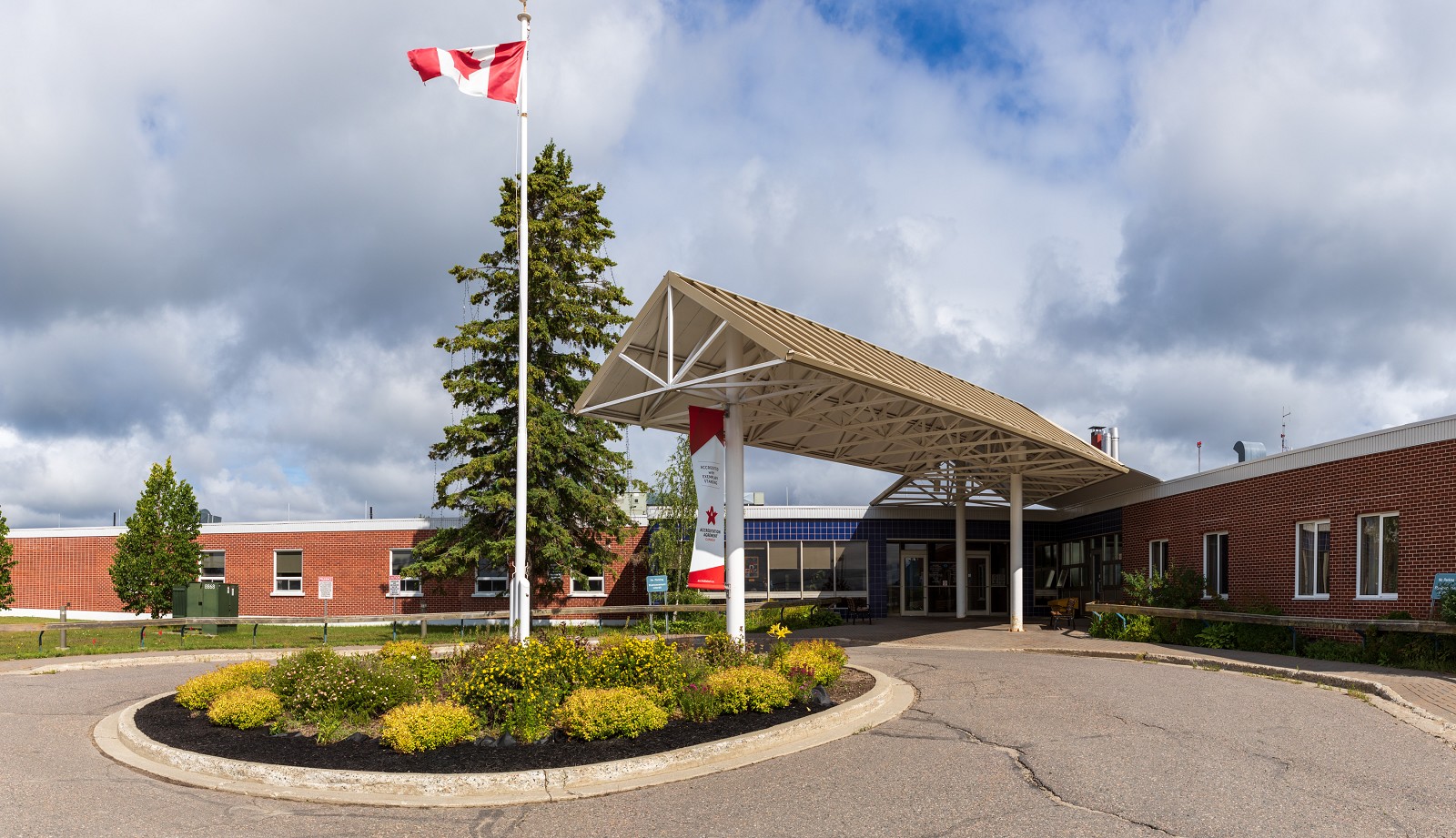
Toronto officials issue fentanyl alert_April 2016
Toronto officials issue fentanyl alert
The Globe and Mail
Published: March 30th, 2016
Byline: KAREN HOWLETT
Public health officials in Toronto are raising the alarm for the second time in recent weeks about the risks associated with fentanyl after reports of a spike in fatal overdoses.
Toronto Public Health issued an alert on Tuesday, saying “a white powdered substance sold as heroin and/or ‘china white’ ” is behind the overdoses reported online to the agency’s harm reduction workers. An illicit version of the prescription opioid fentanyl is known on the street as China White.
“We’re hearing more about illicit fentanyl,” Rita Shahin, the agency’s associate medical officer of health, said in an interview.
In an alert, agencies typically use social media, including Twitter, to spread word in the community about risks associated with illicit drugs.
Amid mounting signs that the illegal form of the painkilling drug is expanding east from Western Canada, where it is linked to a surge in overdose deaths, health-care advocates say federal and provincial government leaders are not doing enough to address the problem.
They said the lack of action stands in stark contrast to the United States, where President Barack Obama is seeking $1.1billion in new money to expand treatment for opioid addiction.
On Tuesday, the President attended the National Rx Drug Abuse & Heroin Summit in Atlanta, where he announced new funding for states to buy the antidote drug naloxone, the Associated Press reported.
“To date, we haven’t seen anything that resembles the U.S. effort,” said Michael Parkinson, community engagement co-ordinator of the Waterloo Region Crime Prevention Council, which has issued local alerts about the prevalence of illicit fentanyl.
Dr. Shahin said a lack of up-to date numbers on fatal overdoses in Canada leaves health-care officials ill-prepared to respond.
The most recent statistics from Ontario’s Office of the Chief Coroner are for 2014.
In an attempt to fill that void, Toronto Public Health has set up a website, ReportBadDrugsTO.ca, where people can anonymously report bad reactions to illegal drugs. The agency issued the alert on Tuesday after four fatal overdoses were reported in two days, Dr. Shahin said. While the agency has no way of verifying the information, she said, “it gives us a bit of a picture of what’s happening right now.”
Toronto Public Health also issued an alert in February, after six people overdosed on heroin in a five-day period. The illicit version of fentanyl is often sold on the street as heroin. Fentanyl is up to 100 times more toxic than morphine, making the risk of a fatal overdose that much greater.
Health-care advocates are calling for greater access to naloxone, which reverses the symptoms of an opioid overdose in minutes. Health Canada recently changed naloxone’s status from prescription-only to make it available without a prescription.
But individual provinces need to approve the loosened restrictions before it can be sold without a prescription.
The College of Pharmacists of B.C. made the drug available without a prescription last week, saying it recognized the urgency.
Other provinces are not moving as swiftly. Alberta is aiming for the end of April, said Timothy Wilson, a spokesman for Health Minister Sarah Hoffman.
Lori DeCou, a spokesperson for the Ontario College of Pharmacists, said she would not want to be held to a date, but making naloxone available without a prescription is “probably still a couple of months away.”
Ms. DeCou attributed the delay to the “nuances” of drug rescheduling, which must be approved by the National Association of Pharmacy Regulatory Authorities for most provinces, including Ontario. “We are working as diligently as we can to work through that process,” she said